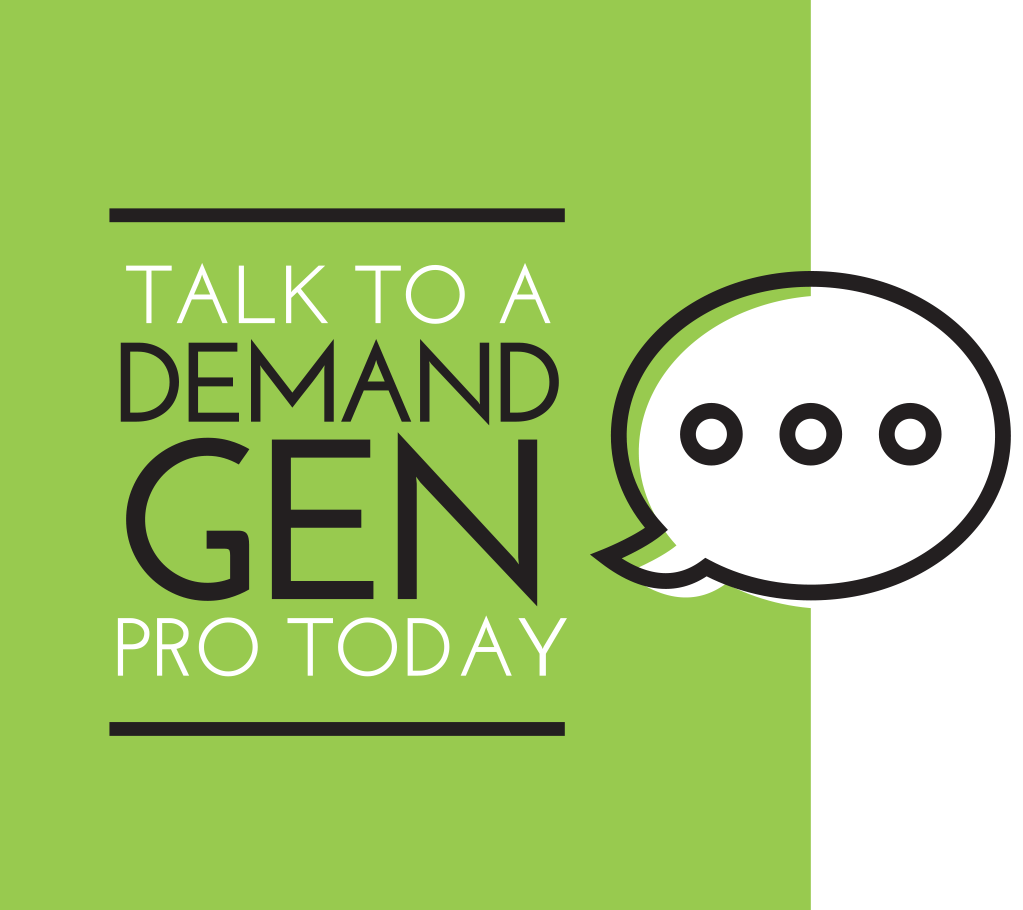Future of the Buyer Journey: Will The Desire For Human Connection Change It?

In the B2B world, we buy services based on relationship. Our decisions are significantly influenced by how much we connect with people and believe they will give us great service. Given the pandemic and its devastating impacts … we have seen a plethora of advice about the heightened need to “be human” and talk to clients and prospects. This prompts some important questions.
- How and will this affect the buyer journey?
- Will it be a lasting change?
- How should we respond and adapt?
The most effective sales strategies will engage both the minds and hearts of prospective clients, because one thing has not changed. Buyers are human. And they are seeking a deeper level of communication and connection as they navigate these perilous times.
5 Ways The Human Voice Improves The Buyer Journey
- Builds the foundation and framework for a meaningful relationship that lasts and increases revenue. This requires iterative, engaging conversations. 80% of B2B buying decisions are based on a buyer’s direct or indirect customer experience (CMO).
- Expresses empathy. Decision makers need encouragement and support now more than ever. They may even need to vent. There has never been an easier time to find common ground and establish rapport. Remember that people never forget how you made them feel.
- Qualifies leads effectively. This saves money and time while protecting your brand from sending needless and annoying emails. It also gives a more accurate count of leads in your sales funnel. Only 50% of email recipients in digital campaigns are valid prospects (HubSpot).
- Gains a true understanding of the prospect’s needs and explores the right solutions in real-time. 90% of B2B buyers twist and turn through the sales funnel, looping back and repeating at least one or more task (CMO). There is no substitute for the human ability to listen and learn.
- Shortens the sales cycle by enhancing email campaigns. Sometimes buyers don’t know what they don’t know. 86% of buyers say they are “overwhelmed and annoyed” with more than 10 pieces of review content (BizReport).
What other factors may change the buyer journey?
- Pre-COVID-19, an average of 7 people were typically involved in a B2B purchase. With leaner staffs, will decision teams look different or will buying authority be pushed up? Will this alter our ABM strategies?
- Historically, it takes 18 calls to reach a decision maker, now that we are all getting used to answering our phones again, will that change? Will there be the opportunity to truly engage more frequently?
- Tele is already starting to play a greater role in virtual selling, what impacts will this have?
- Sirius Decisions indicates that 67% of the buyer journey is done digitally. Will this look different?
So, this we know for sure … things have changed and are likely to continue evolving. Given that, do we need to rethink our overall strategies, the traditional buyer journey, and our buyer personas? Maybe. But, at least for now, connection is important and we have to be willing to engage our prospects in a way that is meaningful to them.
We would love to hear how you believe the journey is changing and discuss the benefit of adding a true human element to your prospects’ experience.


